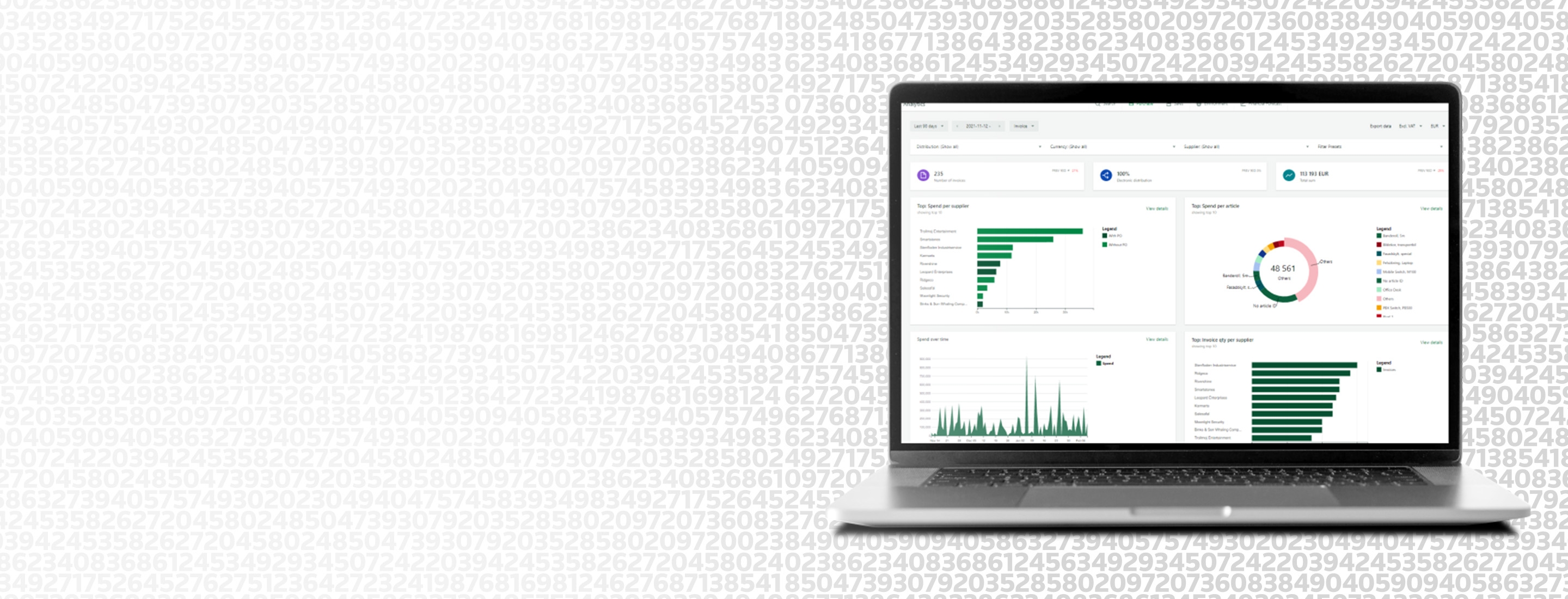Infographic
Navigating the complexities of e-invoicing compliance
The rapid pace of change in global regulations and reporting requirements is turning the compliance function into a rapid-fire gauntlet of continuous challenges, meaning companies must adapt their systems and processes to meet new tax reporting obligations. Governments worldwide are increasingly digitalizing their tax processes to improve transparency and compliance from businesses. This has been particularly emphasized with the implementation of e-invoicing and real-time reporting to prevent fraud and improve VAT and GST revenue collection.

ONESOURCE e-invoicing software
Simplify processes and achieve real-time electronic invoicing compliance with our accredited solution